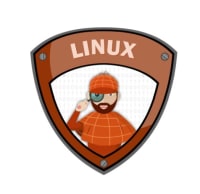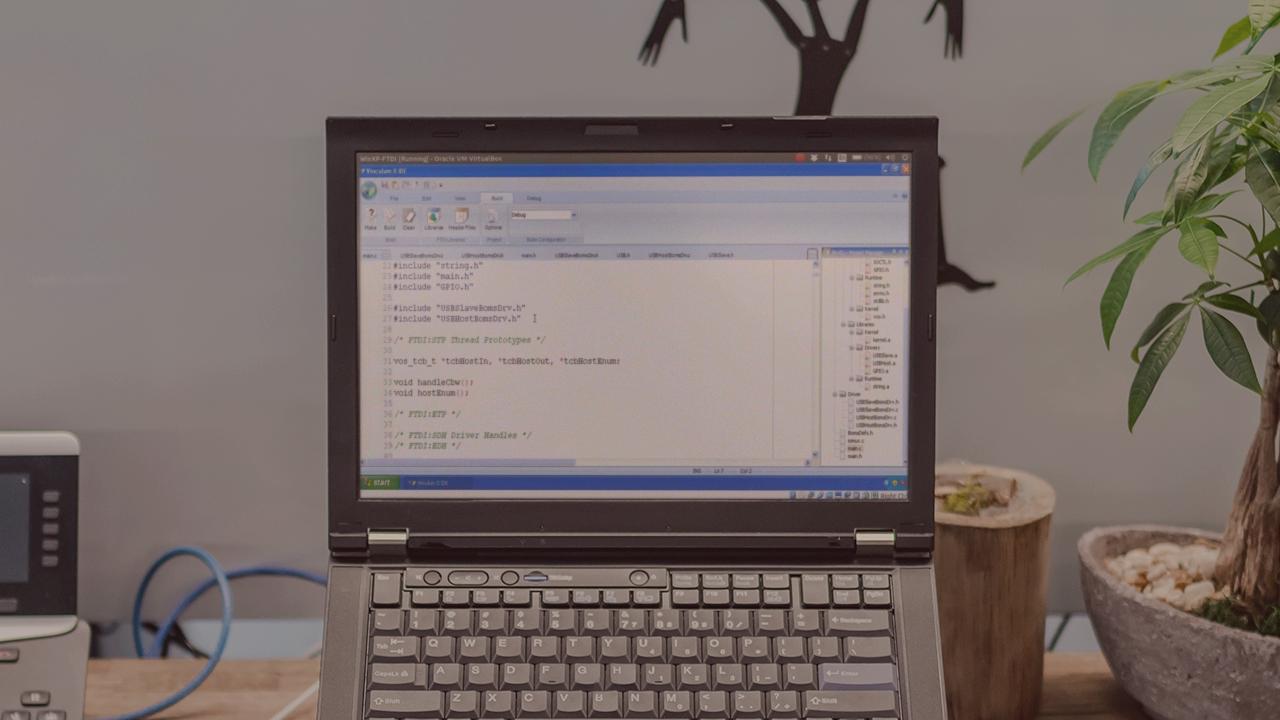Description
In this course, you will learn:
- Live response
- First talk to the humans
- What do they think happened
- Details on victim system(s)
- Mount response kit with known good tools
- cdrom preferred as it was not likely part of compromise
- USB MS can be used if no CDROM
- Using netcat to minimize contamination
- Collecting volatile data
- date and time
- network interfaces
- funny networks
- promiscuous mode?
- network connections
- open ports
- programs associated with ports
- running processes
- open files
- routing tables
- mounted filesystems
- loaded kernel modules
- Collecting data to determine if dead analysis is justified
- kernel version
- uptime
- filesystem datetime stamps
- hash values for system files
- current user logins
- login history
- system logs
- user accounts
- user history files
- hidden files and directories
- sending off suspicious files for further study
- Dumping RAM
- Making the decision to dump RAM
- Using fmem
- Using LiME
- Using /proc/kcore
- First talk to the humans
- Acquiring filesystem images
- Using dd
- Using dcfldd
- Write blocking options
- Forensic Linux distros
- Udev rules based blocker
- Analyzing filesystem images
- Mounting images
- Files with basic system info
- Files with suspicious user info
- Examining logs
- Process-related files
- Authentication-related files
- Using standard Linux tools to find information
- Strange files
- Regular files in /dev
- User history files
- Hidden files
- SUID/SGID files
- Detecting backdated files
- Recovering deleted files
- Finding deleted files
- Attempting recovery
- Leveraging The Sleuth Kit (TSK) and Autopsy
- mmls
- fsstat
- dstat
- istat
- fls & mactime
- Mounting images
- Timeline Analysis
- When was system installed, upgraded, booted, etc.
- Newly created files (malware)
- Changed files (trojans)
- Files in the wrong place (exfiltration)
- Digging deeper into Linux filesystems
- Disk editors
- Active@ Disk Editor
- Autopsy
- ExtX
- Basics
- Superblocks
- Directory entries
- Inodes
- Data blocks
- Compatible, incompatible, and read-only compatible features
- Experimental features may be installed
- Boot code
- Using sigfind to find important blocks
- Understanding indirect block levels
- istat, ils, ifind, icat
- Links and mounts
- Hash trees
- Journaling
- jls
- jcat
- Finding data with blkstat, blkls, blkfind, blkid, and blkcalc
- Relating data found with grep to a file/application
- Finding block size, etc.
- Using grep with a keyword file
- Seeing data in context
- Associating a file with the data
- Undeleting files
- Searching unallocated space
- Basics
- Disk editors
- Network forensics
- Using snort on packet captures
- Using tcpstat
- Seperating conversations with tcpflow
- Tracing backdoors with tcpflow
- File forensics
- Using file signatures
- Searching through swap space
- Web browsing reconstruction
- Cookies
- Search history
- Browser caches
- Unknown files
- Comparing hashes to know values
- File command
- Strings command
- Viewing symbols with nm
- Reading ELF files
- objdump
- Bringing out big guns - gdb
- Memory Forensics
- Volatility Profiles
- Retrieving process information
- Recovering command line arguments
- Rebuilding environment variables
- Listing open files
- Retrieving bash information
- Reconstructing network artifacts
- Kernel information
- Volatile file system information
- Detecting user mode rootkits
- Detecting kernel rootkits
- Reversing Linux Malware
- Digging deeper into ELF
- Headers
- Sections
- Strings
- Symbol tables
- Program headers
- Program loading
- Dynamic linking
- Command line analysis tools
- strings
- strace
- ltrace
- Running malware (carefully)
- Virtual machine setup
- Capturing network traffic
- Leveraging gdb
- Digging deeper into ELF
- Writing the reports
- Autopsy
- Dradis
- OpenOffice
Syllabus:
- Forensic Basics: Introduction
- Forensic Basics: First Steps
- Creating a Linux Forensics USB Drive Part 1
- Creating a Linux Forensics USB Drive Part 2
- Starting an Investigation Part 1
- Starting an Investigation Part 2: Netcat
- Starting an Investigation Part 3: Server Scripts
- Starting an Investigation Part 4: Client Scripts
- Starting an Investigation Part 5: Running Scripts
- Starting an Investigation Part 6: What to Collect?
- Starting an Investigation Part 7: Collecting Initial Data
- Starting an Investigation Part 8: Analyzing the Log
- Live Analysis Part 1: First Steps
- Live Analysis Part 2: Memory Acquisition Basics
- Live Analysis Part 3: Compiling LiME
- Live Analysis Part 4: Dumping RAM with LiME
- Shutting down the subject system
- Making Filesystem Images
- Making Filesystem Images (contd.)
- Software Write Blocking with udev Rules
- Creating an Image from a Physical Drive
- Mounting Images: MBR Basics
- Mounting Images: MBR Basics part 2
- Mounting Images: Extended Partitions
- Mounting Images: Mounting Extended Partitions with Python
- Mounting Images: GUID Partitions
- Mounting Images: GUID Partitions with Python
- Mounting Images: Building a timeline as a CSV
- Mounting Images: Building a timeline as a CSV part 2
- Mounting Images: Creating a MySQL database with file metadata
- Mounting Images: Importing passwd and group files into Database
- Mounting Images: Creating a timeline in the Database
- Mounting Images: Examining the Timeline
- Mounting Images: Extracting user Bash History files
- Mounting Images: Examining user Bash History Files
- Mounting Images: Extracting System Logs
- Mounting Images: Examining System Logs
- Mounting Images: Extracting Login Information
- Mounting Images: Examining Login Information
- Filesystem Analysis: EXT Filesystem Basics
- Filesystem Analysis: Superblocks
- Filesystem Analysis: EXT Filesystem Compatible Features
- Filesystem Analysis: EXT Filesystem In-Compatible Features
- Filesystem Analysis: EXT filesystem Read-Only Compatible Features
- Filesystem Forensics: Reading the Superblock with Python
- Filesystem Analysis: Reading the Block Group Descriptors with Python
- Filesystem Analysis: Combining Superblock and Group Descriptor Information
- Filesystem Analysis: Running our Final Script
- Inodes: Finding things that are out of place
- Inodes: Using Python to find out of place Inodes
- Inodes: Digging Deeper
- Inodes: using builtin tools and the Sleuth Kit
- Inodes: Extensions and Details
- Inodes: From Inode to File
- Inodes: adding support for Extents for our Python Scripts
- Inodes: Connecting Inodes to file and directory entries
- Extending Python code to cat files using Inode Numbers
- Inodes: using Python to read directories from Inode numbers
- Inodes and extended Attributes
- Inodes: Using Python to read extended attributes from an Image
- Memory Analysis Part 1: Building a Volatility Profile
- Memory Analysis Part 2: Getting Process Information with Volatility
- Memory Analysis Part 3: More about Processes
- Memory Analysis Part 4: Process Maps and Dumps
- Memory Analysis Part 5: Getting Base Information from Volatility
- Memory Analysis Part 6: Using Volatility Check Plugins
- Memory Analysis Part 7: Getting Network Information
- Memory Analysis Part 8: Getting Filesystem Information with Volatility
- Memory Analysis Part 9: More Filesystem Information
- Introducing a more Advanced Attack
- Running Scripts against our Second Subject
- Analysis Results of running initial Scan
- Banner Grabbing the Second Subject
- Using Volatility Process Listing Commands on Pas2
- Digging Deeper into Suspicious Processes
- Using Volatility to create process maps
- Examining Bash Histories
- Using Volatility Check Functions
- Using Volatility Networking Functions
- Using Volatility Filesystem Functions
- Filesystem Analysis Part 1: Webserver Logs
- Filesystem Analysis Part 2: Webserver Vulnerabilities
- Filesystem Analysis Part 3: MySQL Logs
- Filesystem Analysis Part 4: Hidden Directories
- Filesystem Analysis Part 5: Creating a Timeline
- Filesystem Analysis Part 6: Web Payloads
- Filesystem Analysis Part 7: Packet Captures
- Filesystem Analysis Part 8: Login
- Malware Part 1: the File Command
- Malware Part 2: is it a known file?
- Malware Part 3: using Strings
- Malware Part 4: using NM
- Malware Part 5: using LDD
- Malware Part 6: Intro into ELF
- Malware Part 7: More fun with Readelf
- Malware Part 8: Looking into Program Sections and Segments
- Malware Part 9: Setting up a Sandbox
- Malware Part 10: Strace
- Malware Part 11: Ltrace
- Malware Part 12: GDB Disassembly
- Malware Part 13: GDB Info Functions
- Malware Part 14: Running xingyi_bindshell in GDB
- Malware Part 15: Running xingyi_bindshell in GDB
- Malware Part 16: Obfuscation
- The Road Ahead









